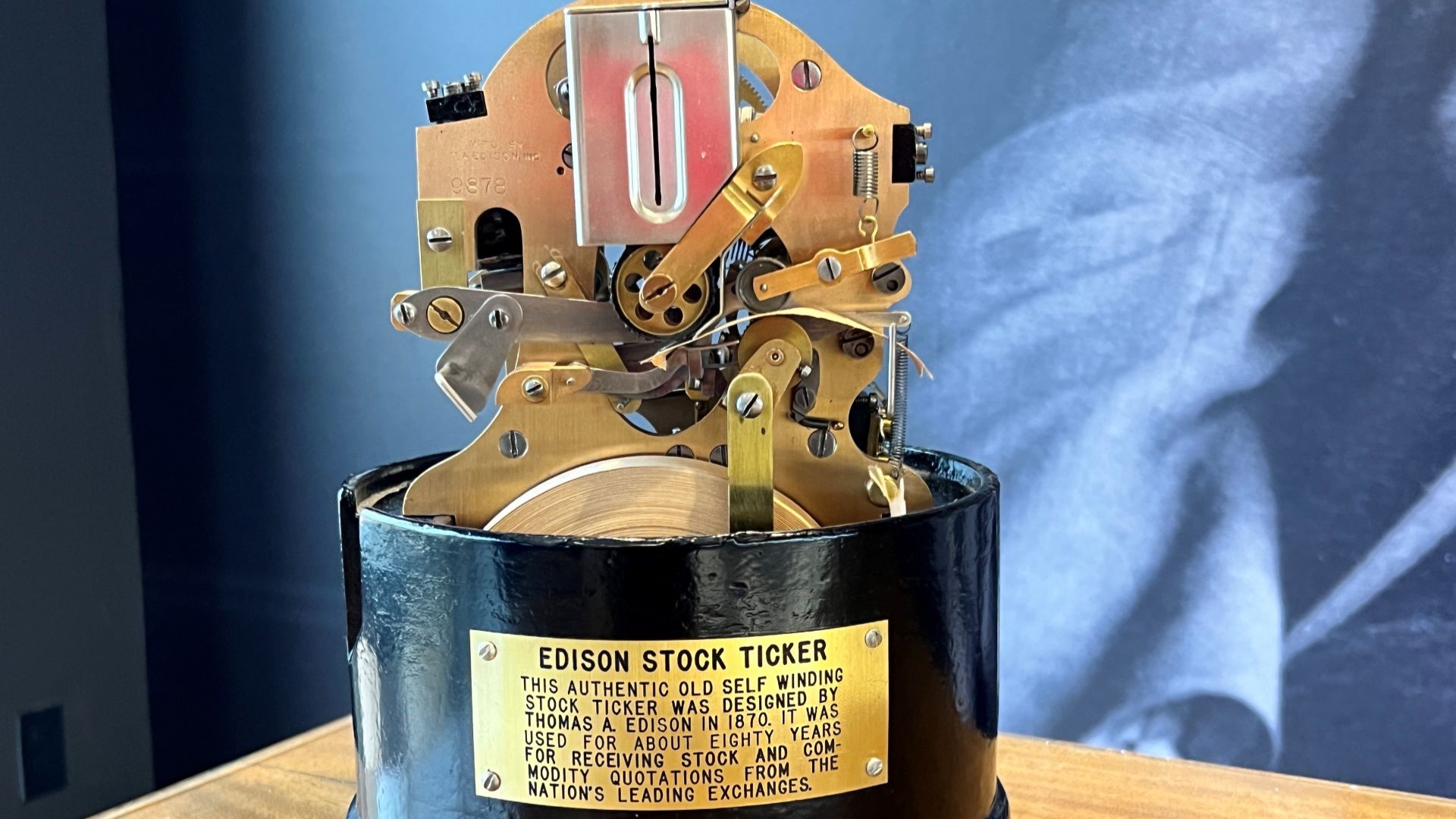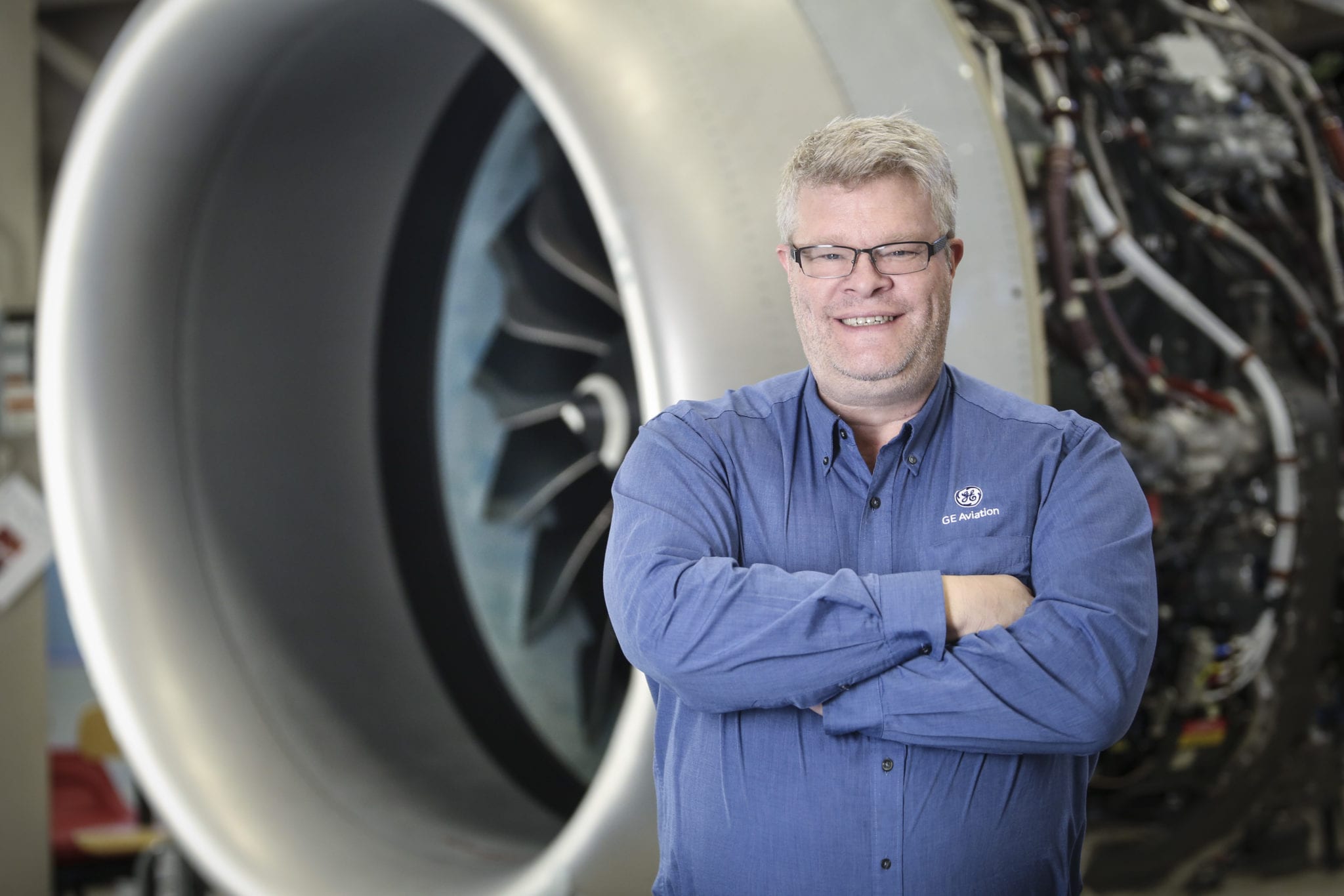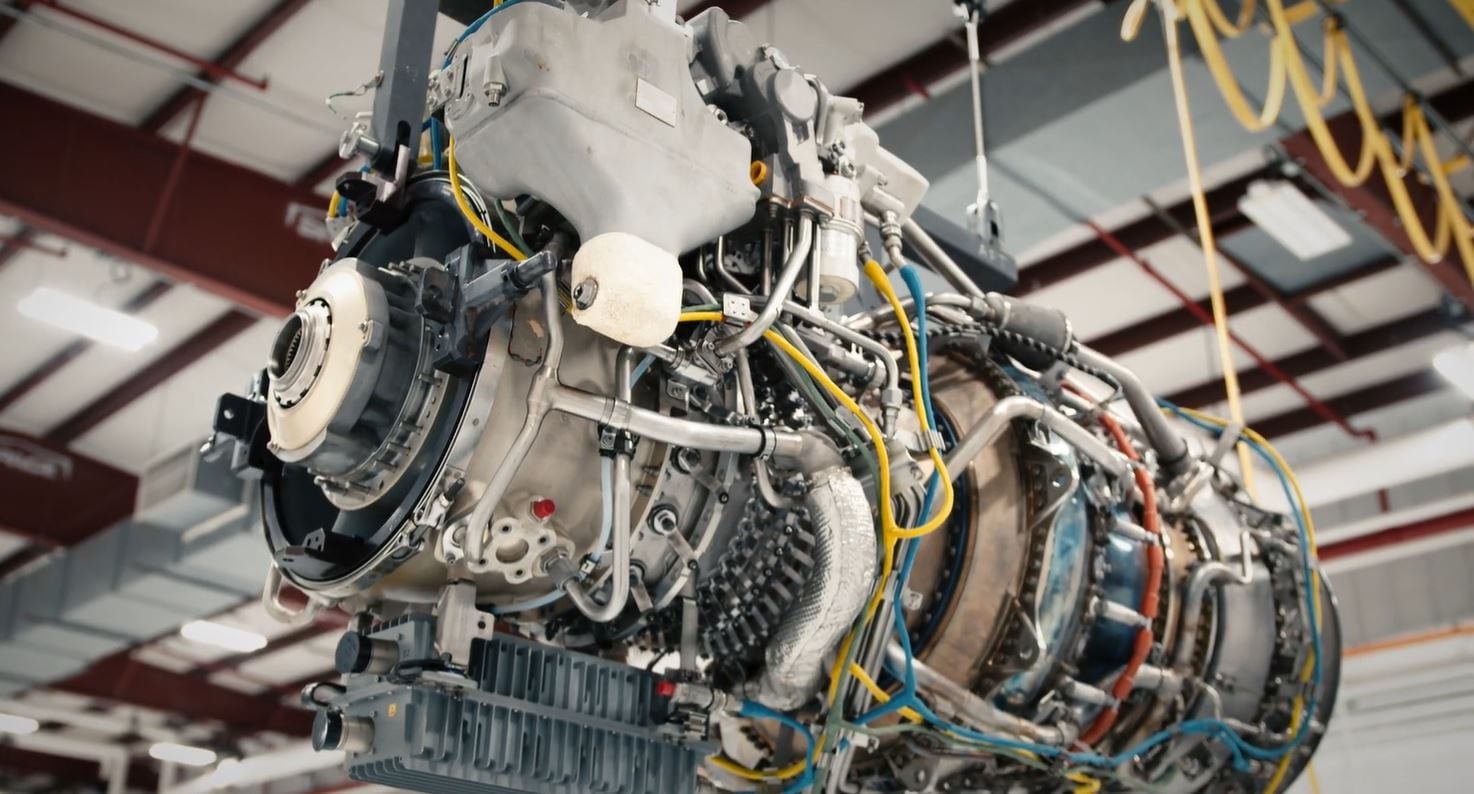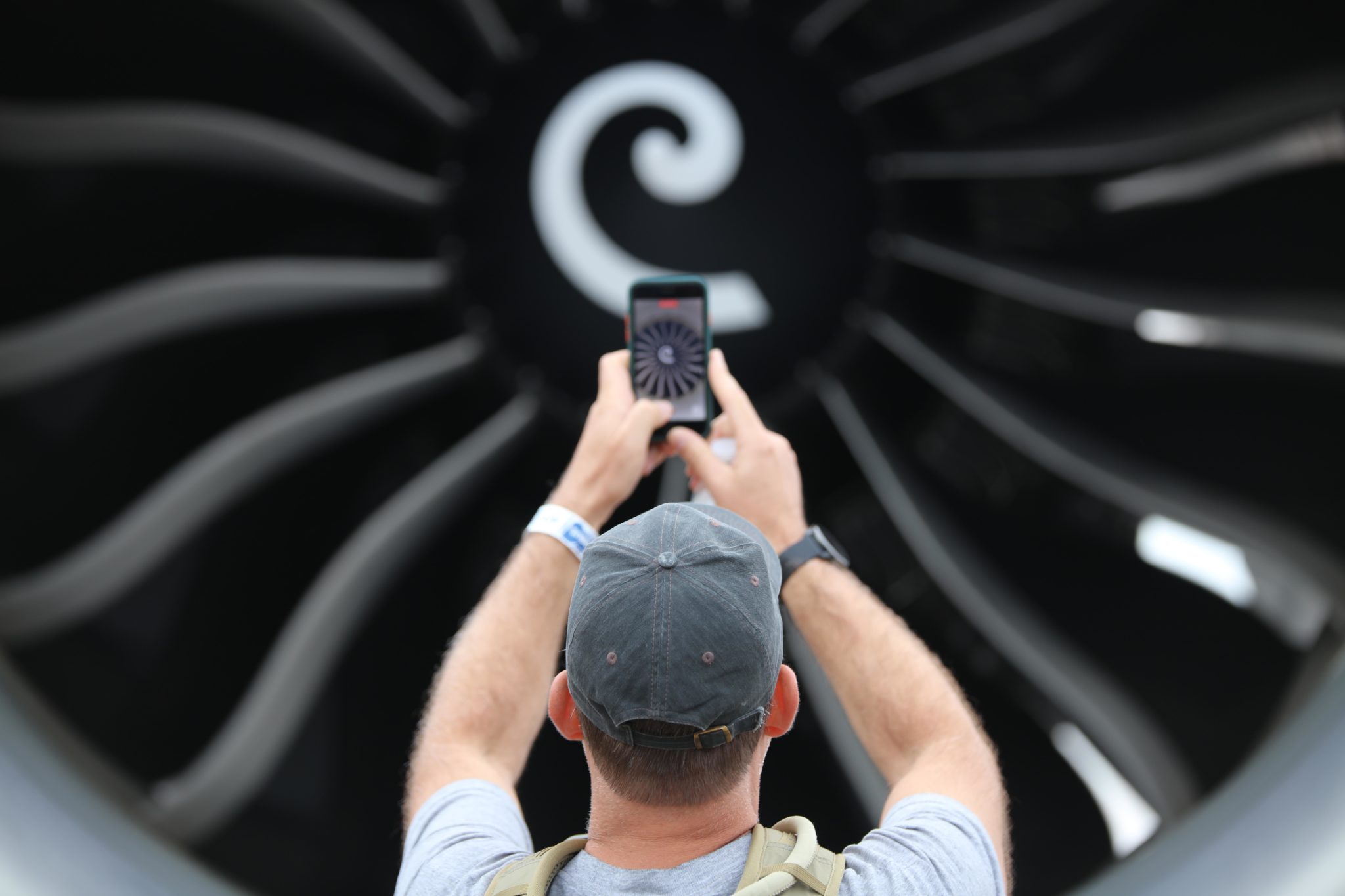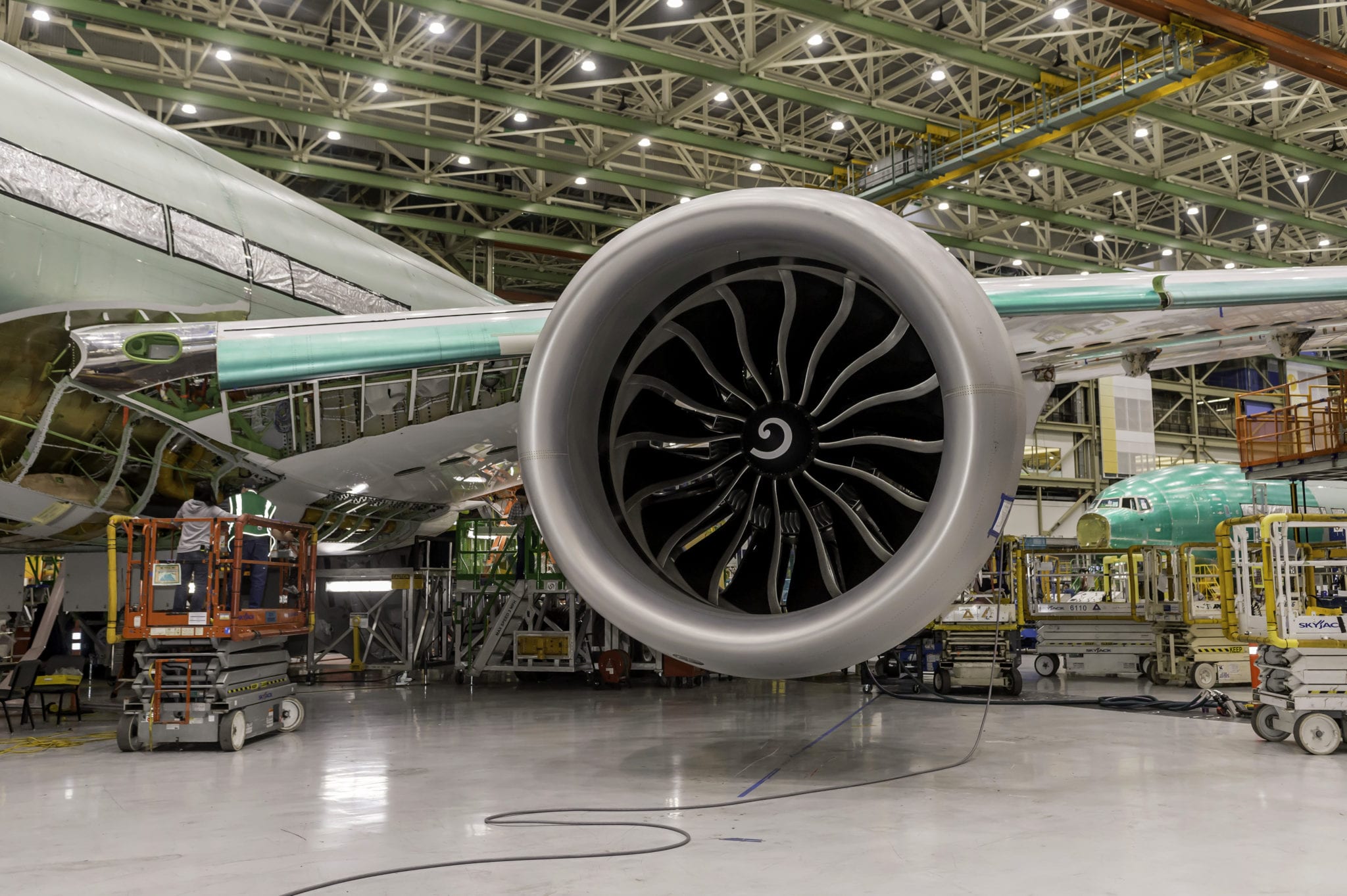Synonymous with Progress Itself: A Celebration of GE’s World-Changing Inventions
April 01, 2024 | by Christine Gibson
When the bell rings at the New York Stock Exchange on April 2 to celebrate the launch of GE Aerospace and GE Vernova as standalone public companies, a fitting artifact will be on display in the building: the Universal Stock Ticker, patented in 1873 by GE’s founder, Thomas Edison.
A fixture of New York’s financial world in the late 1800s, Edison’s ticker allowed multiple machines to receive and print the same stock quotes simultaneously. Although it had largely been outmoded by the early 1900s, it was the catalyst for some of the greatest technological leaps of the 20th century. The stock ticker was Edison’s first profitable invention, and he used the proceeds to build his laboratory complex in Menlo Park, New Jersey, and fund his lighting research. Once he had a working lightbulb, he needed an electrical grid to illuminate it and a company to manufacture equipment for the power plants, which ultimately led to GE’s founding in 1892.
Fast-forward a few years and GE assembled what was referred to as an invention factory — bringing together scientists and engineers from different disciplines to, as Edison would say, find out what the world needs, then proceed to invent it. While pioneering the concept of industrial research and development, they also rolled out one seminal technology after another. Few people on earth have been untouched by their innovations, which have brightened nearly every aspect of daily life.
To understand the scope of what generations of GE inventors have accomplished, you must imagine a different world — one where miracles aren’t routinely summoned with the flip of a switch, where doctors can’t diagnose disease hidden behind muscle and bone, where jet engines haven’t shrunk the distances between continents to bring people together.
The stock ticker’s legacy, then, is no less than a chain of innovations that have created the foundations for modern world. Ideas dreamt up at GE became the seeds not just for new products or spin-off businesses, but entire industries — from electric utilities and home appliances to medical imaging and commercial aviation. Ingenuity flowed from one field to another and back again: the lightbulb necessitated the power grid, which made appliances possible; the steam turbine inspired the airplane turbocharger, which then informed gas turbine design.
“For more than 130 years, GE put its stamp on invention and innovation,” GE Chairman and CEO and GE Aerospace CEO Larry Culp said in the company’s 2023 Annual Report. “Our products and services have helped people cook dinner in their kitchen and power entire cities. GE’s imprint is synonymous with progress itself.”
Now we’re on the cusp of a new era of innovation, with not just one GE, but three — GE Aerospace, GE Vernova, and GE HealthCare — each purpose-built to forge the future of its industry. As we look ahead, we invite you to take a tour through some GE inventions that have transformed the way we experience everything from music to medical care.
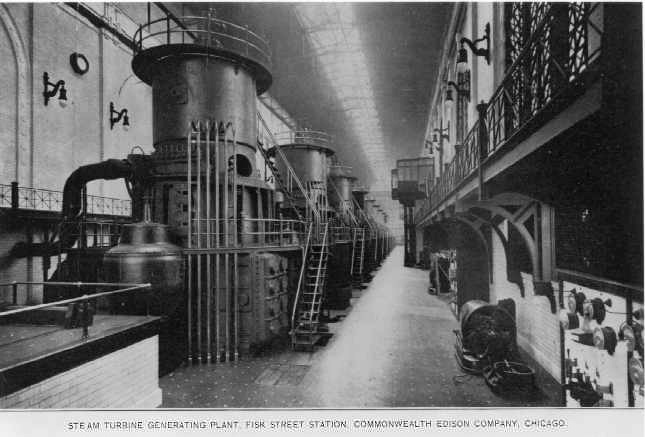
1903: Steam turbine generator
Samuel Insull knew he was taking a risk. As the president of the Chicago Edison electric company, he approached GE in 1901 with an order the era’s top engineers had deemed impossible: a 5-megawatt (MW) steam turbine.
GE accepted the challenge, installing the finished product at Chicago’s Fisk Street station in 1903. Insull bought three more 5-MW generators from GE over the next three years. By the end of the decade they were obsolete, surpassed by more powerful upgrades, but their legacy endured. In 1903, electricity was an expensive novelty. But the steam turbines were so efficient that prices plummeted, which spurred the building of megawatt-capacity central stations around the country. Nationwide, the number of dwellings with electricity shot from 8% in 1907 to 34.7% by 1920.
1908: Improved lightbulb filaments
As one of the first hires at GE’s Research Lab in Schenectady, New York, William Coolidge was assigned to find a more energy-efficient replacement for carbon in lightbulb filaments. Tungsten, given its durability and the highest melting point of any metal, seemed ideal, but it snapped whenever engineers tried to bend it into shape. Coolidge developed a method of forcing hot tungsten through smaller and smaller dies, producing flexible strands that gave Edison’s bulbs longer life and made them more affordable. Ductile tungsten, as it is called, is still the industry standard in incandescent bulbs.
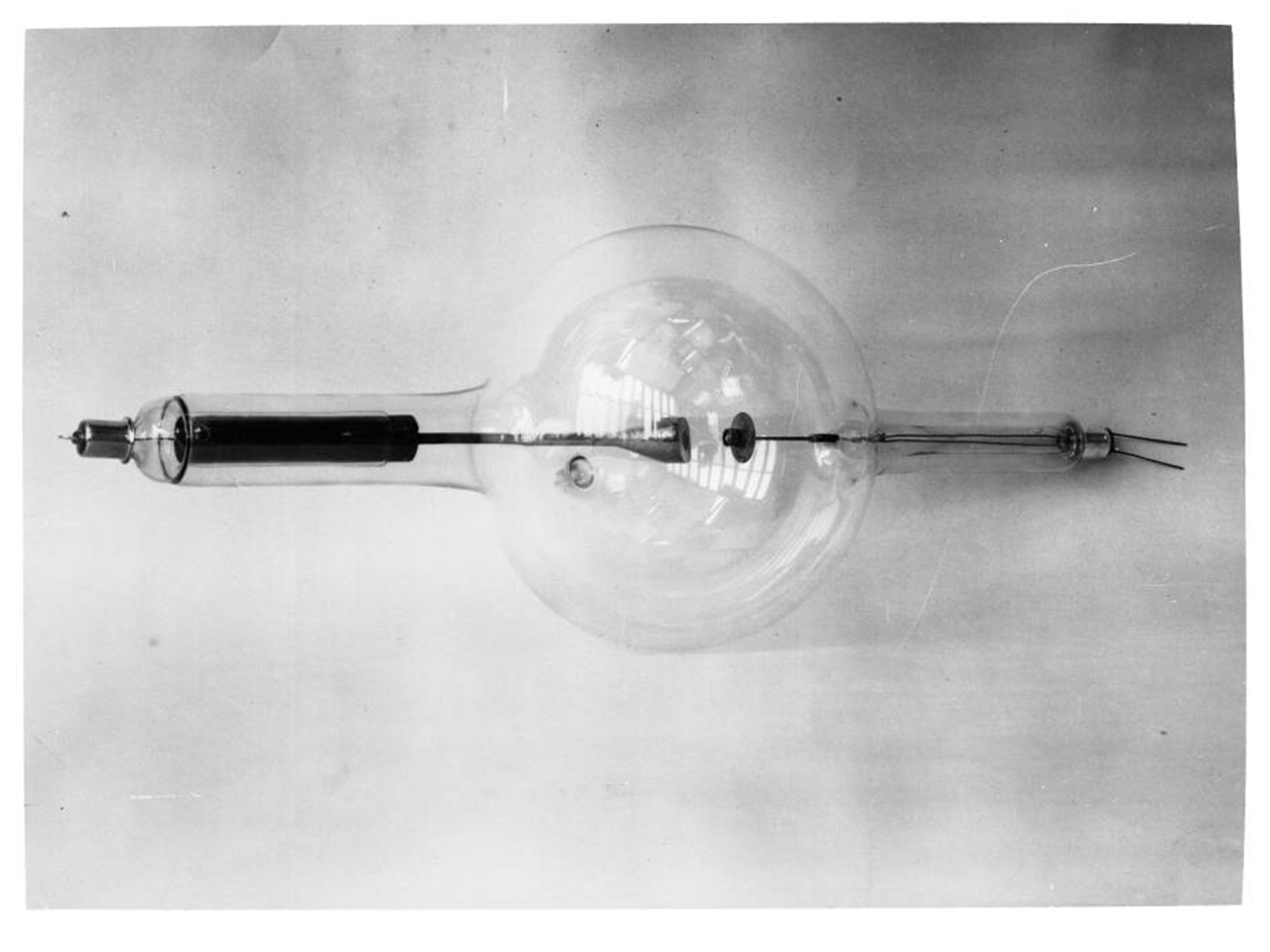
1913: X-ray machine (1896) and X-ray tube
Coolidge was confident that his invention could also revamp the X-ray tube, which generates the energy waves that allow doctors to see inside the body. Few improvements had been made in the design since 1896, when Elihu Thomson, GE’s chief engineer, demonstrated the use of stereoscopic X-rays for diagnosing bone fractures and locating foreign objects in the body.
Coolidge found that his tungsten filament, when coiled inside a vacuum tube, consistently produced clearer, more accurate images. His design advanced the use of X-rays in medicine and dentistry — catapulting GE into the healthcare industry — and remains in use today.
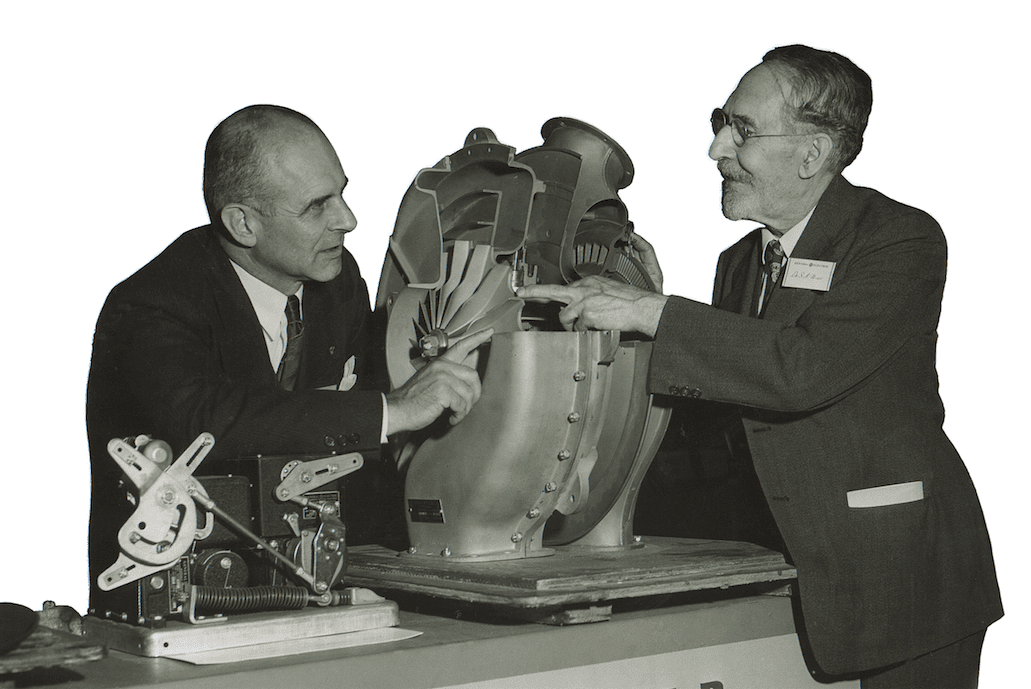
1918: Turbosupercharger
Hired by GE in 1903, fresh from his doctorate in turbine research, Sanford Moss set about building a radial gas compressor to make generators more efficient. Moss’s early experiments failed; his machine guzzled fuel and produced too little power. But his design was sound and, although he didn’t know it, pointed the way to the jet engine before the Wright brothers had even taken flight.
When the U.S. entered World War I, the government asked GE to help American warplanes fly better in the thin air at high altitudes. Moss adapted his compressor to squeeze the air entering the engine until it was as dense as the ground-level atmosphere. The device, called the turbosupercharger, helped planes recover lost horsepower and allowed record-altitude flights. It also launched GE into the new, fast-evolving aviation market.
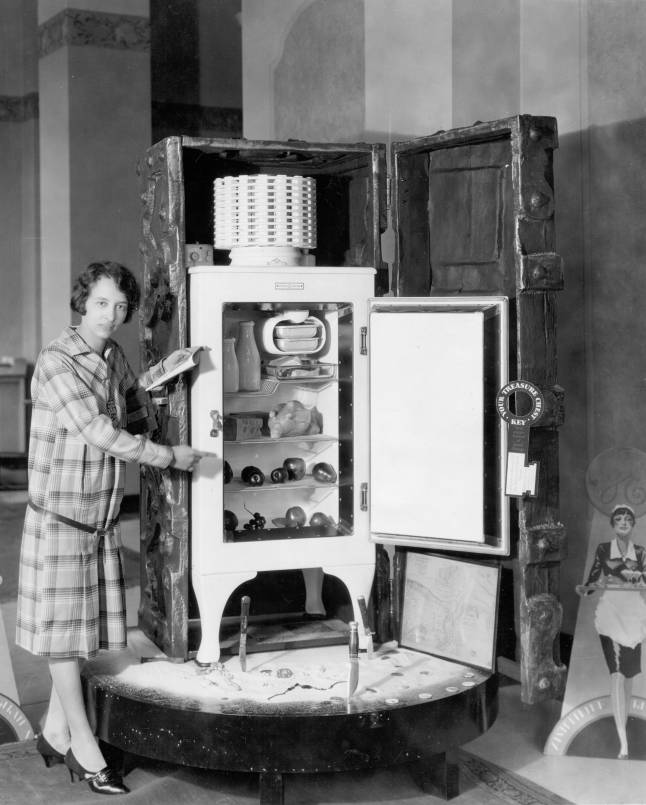
1926: Monitor Top refrigerator
In the early days of the grid, electricity was used mostly to power lights, but the electrification of a growing number of residences paved the way for another brand-new industry: appliances.
In the 1920s, GE debuted the first hermetically sealed home refrigerator, the Monitor Top — so named because the cylindrical condenser mounted above the cabinet resembled the gun turret on the USS Monitor. Affordable and compact, the Monitor Top was the first mass-produced refrigerator and the first to bring the technology to the average American home.
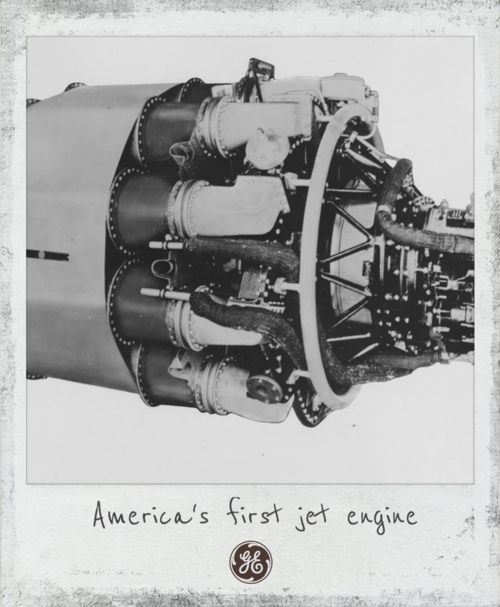
1941: I-A, first U.S. jet engine
On the eve of the country’s entry into World War II, the U.S. Army Air Corps picked GE’s Lynn, Massachusetts, plant to build America’s first jet engine. GE engineers designed new parts, refashioned others, and delivered a top-secret prototype called I-A. On Oct. 1, 1942, the first American jet plane, the Bell XP-59A, took off from Lake Muroc, California, powered by two I-A engines. The U.S. jet age had begun.
1962: Solid-state laser
In his 40 years at GE Research, physicist Robert Hall earned 43 patents — for everything from transistors to the magnetron, which was later adapted to power the microwave oven. But his most ubiquitous invention is the infrared semiconductor laser.
Lasers had been around for a couple of years, but they were large and cumbersome. Hall’s compact device proved that efficient miniature lasers could be mass-produced for technologies beyond the lab. Today, most laser applications, including fiber optics, CD players, price code scanners, and 3D printers, use lasers derived from the one Hall created in 1962.
1962: LEDs
While Hall was developing his infrared laser, his co-worker Nick Holonyak was trying to one-up him by coaxing semiconductors to emit visible light. On October 9, 1962, with GE colleagues looking on, Holonyak demonstrated the first light-emitting diode (LED). Compact and efficient, LEDs have since been incorporated in countless applications from TV and mobile device screens to lights to fiber optics.
1972: First commercial solid-state high-voltage direct current (HVDC) scheme
In the mid-1950s a group of GE researchers (which included Hall and Holonyak) introduced the thyristor, a semiconductor device that can transform alternating current (AC) into direct current (DC) and back again.
When electricity has a long journey from the power plant to the consumer, grid operators send it along high-voltage direct current lines, which transmit it more cheaply with less energy loss. Until the 1970s, the job of converting DC current back to AC — the type that flows out of a wall socket — fell to vapor-filled glass tubes called mercury arc valves. But these were fragile and failure-prone; thyristors promised longer life spans and more reliable performance.
In 1972, in Eel River, Canada, GE built the world’s first commercial converter station to rely entirely on thyristors. Still operating today, the station managed a 10% overload for its first 15 years online without incident.
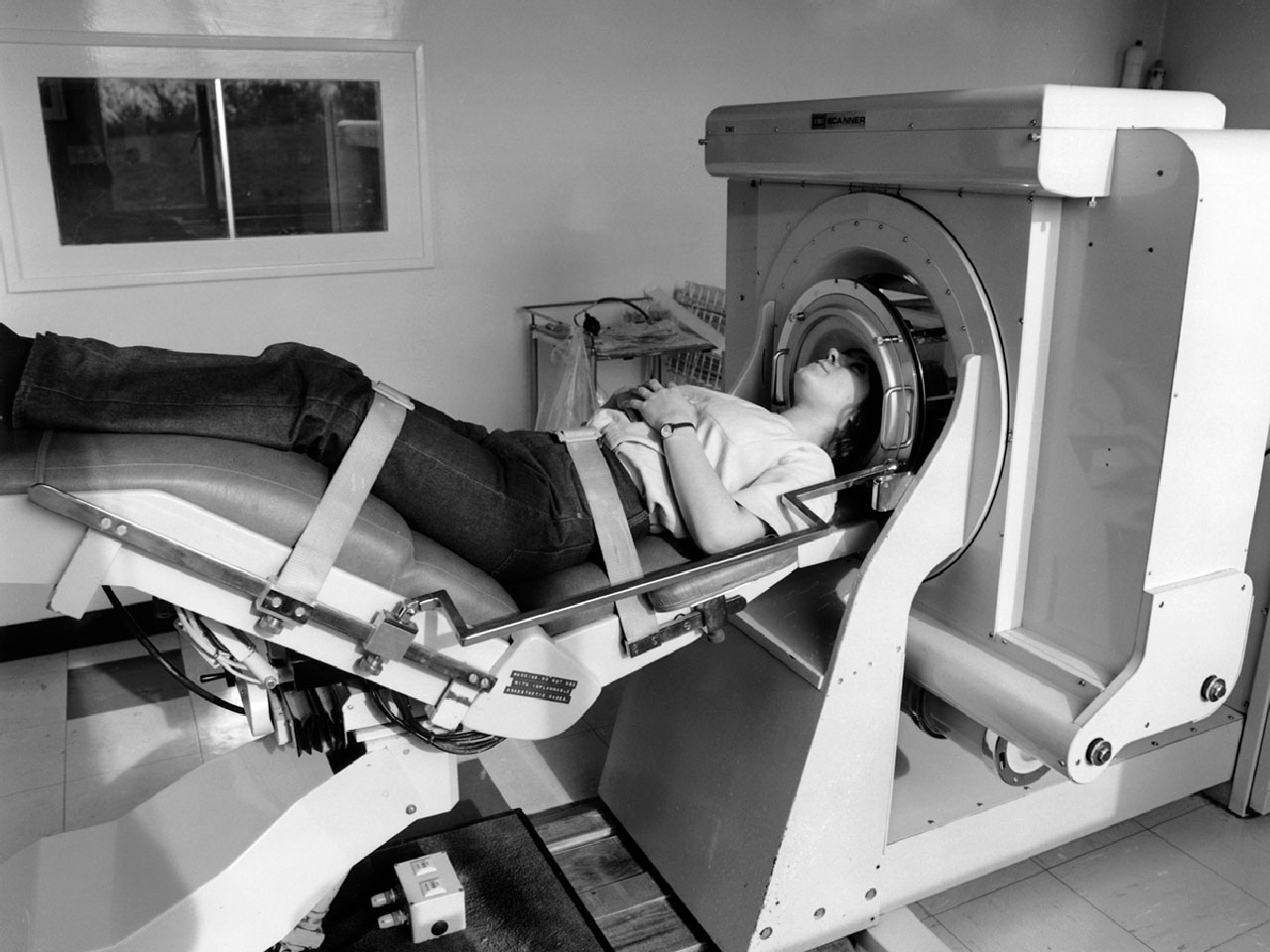
1978: Total body CT scanner
First demonstrated in the early 1970s, computed tomography (CT) represents body structures in 3D. While CT scanners rotate a beam of X-rays around the patient, a computer processes the resulting signals to construct a series of cross-sectional images of the patient’s anatomy, helping doctors to see inside the body in greater detail.
The first CT scanners were slow and had poor resolution, so many experts wrote them off as a niche research technology. But Rowland “Red” Redington, a physicist at GE’s Research Lab in Schenectady, saw CT’s potential: the ability to pinpoint tumors or visualize blood vessels without exploratory surgery. Redington and his team developed a much faster scanner, first for breast cancer screening and then for the whole body. GE’s design quickly became the industry standard.
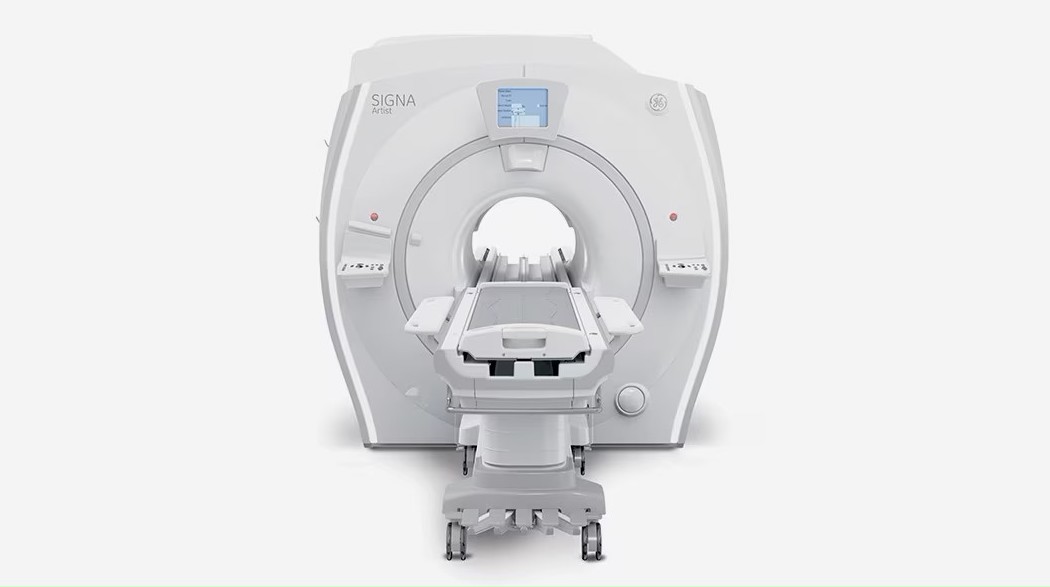
1983: SIGNA MRI
Redington next turned his attention to magnetic resonance imaging (MRI), a technology that at first seemed even less promising than CT had. But again, Redington recognized a chance to lead the field.
MRI uses magnets and radio waves to construct detailed pictures of structures inside the body, especially soft tissue that’s difficult to image using X-ray. Redington and his team pioneered the use of extremely strong magnets, producing never-before-seen clarity in images of the brain. Their prototype was developed into the SIGNA 1.0, which helped patients receive accurate diagnoses faster and established GE as the commercial leader in the MRI market.
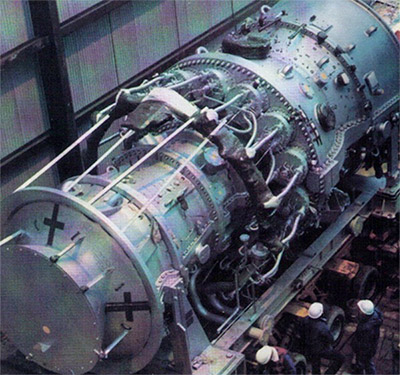
1990: First F-class turbine
First used for power generation in the 1950s, gas turbines gained popularity among electric utilities when they helped bring the grid back to life after the Northeast blackout of 1965. But as their operating time lengthened, so did fuel costs, especially during the oil crises of the 1970s.
Driven by the demand for higher efficiency and lower emissions, GE introduced a new generation of gas turbine: the F-class. Marrying its aviation and heavy-duty gas turbine experience, GE developed a more aerodynamic design, heat-resistant materials, and a sophisticated cooling mechanism. The first F-class generator, rated at 147 MW, started commercial service in 1990.
Today, GE’s installed base of approximately 1,400 units represents the world’s largest F-class fleet — more than all other manufacturers combined — and provides 284 gigawatts of power in 54 countries.
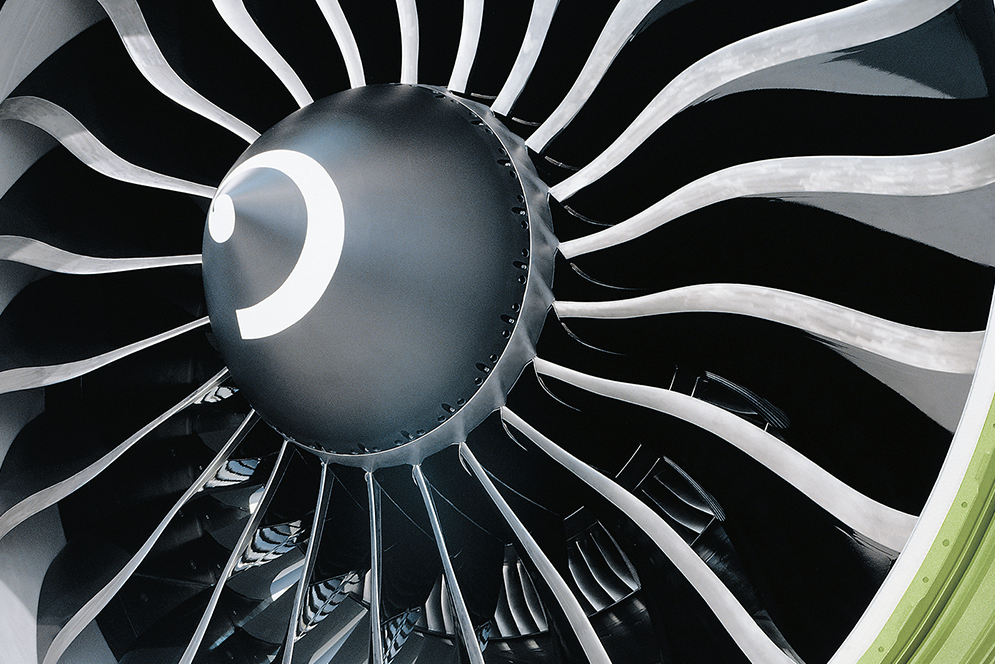
1995: GE90 — carbon fiber composite fan blades
There was a time when it took four engines to power an aircraft on a long-distance flight — but the GE90 helped change all that. With just one GE90 on each wing, a Boeing 777 could travel nearly halfway around the globe without refueling, ushering in a reinvention of the logistics, economics, and aesthetics of jet travel. But getting there meant supersizing the engines and developing parts from materials never before used in commercial aviation.
Before the GE90, engine fan blades were made from titanium. But GE engineers began experimenting with other materials to reduce the engine’s weight and fuel burn. Starting with the GE90, all of GE’s large new engines boast fan blades made from carbon-fiber composites, thin sheets woven from carbon fibers and fused together like phyllo dough with a special resin. Lightweight and durable, the composite blade is critical to the GE90’s record thrust and has helped improve fuel efficiency in the GEnx, CFM LEAP, and GE9X engines.
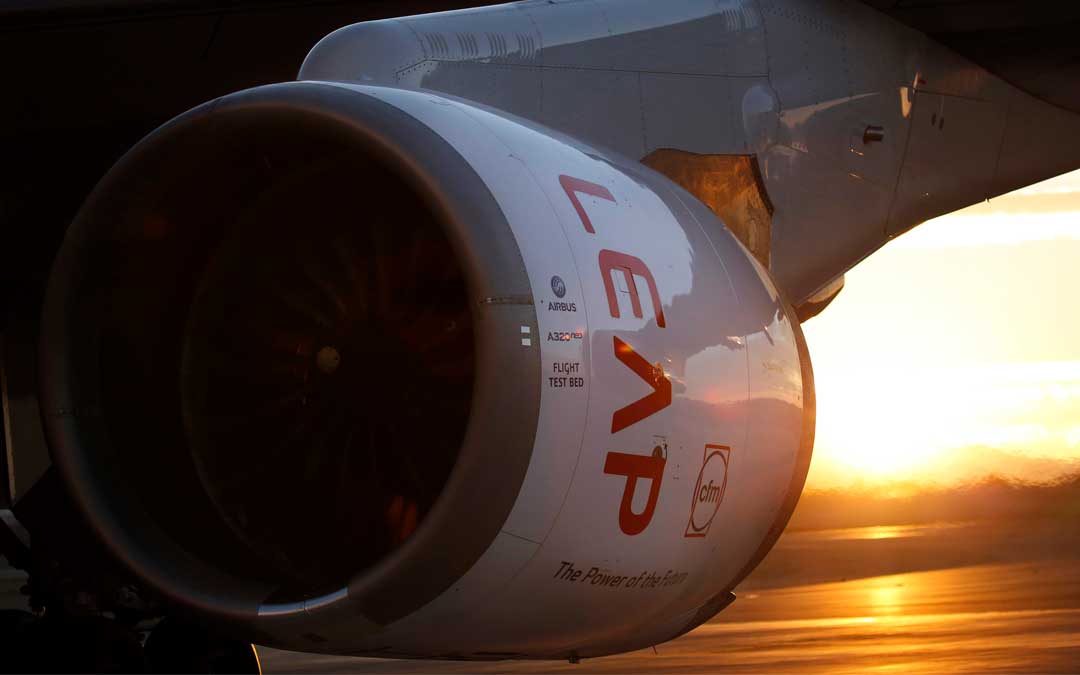
2016: CFM LEAP engine — CMCs and 3D printing
The LEAP engine, developed by CFM International, a 50-50 joint company between GE Aerospace and Safran Aircraft Engines, is 15% to 20% more fuel-efficient than its predecessor, the CFM56. The lighter, quieter LEAP engine has delivered best-in-class departure reliability rates for commercial operators around the world.
Its performance gains come in part from its unique materials. The LEAP engine was the first widely deployed product to incorporate ceramic matrix composites and 3D-printed parts in the hot section. Made of silicon carbide, ceramic fibers, and ceramic resin, CMCs are twice as strong as metal at a third of the weight. Additive manufacturing, or 3D printing, allows the production of lighter, more durable, and more efficient designs.
What’s Next?
After more than a century of innovation — and 15 months after GE HealthCare spun off as an independent business — GE Aerospace and GE Vernova are ready to stand on their own. As GE harnessed the power of electricity in its first century, concepts cross-pollinated from lab to lab — the filament that made the lightbulb burn longer could also generate X-rays; the forces that powered a generator could also lift a plane. But these fields have now matured, growing so broad and deep that innovators can use the same multidisciplinary approach within each industry.
As standalone companies, GE Aerospace, GE Vernova, and GE HealthCare can foster the nimbleness to focus on the next age of transformation. GE’s legacy of innovation will propel these three businesses forward as they continue to shape our future.
Through programs like CFM International’s Revolutionary Innovation for Sustainable Engines (RISE), GE Aerospace is investing in next-generation fuel-efficient technologies — including open fan engine architecture, compact core, and hybrid electric systems compatible with 100% sustainable aviation fuel (SAF). Direct hydrogen combustion is also being explored. In defense, GE Aerospace will lead the way in advancing key technologies for hypersonic vehicles that could exceed speeds of Mach 5, or greater than 4,000 miles per hour. At these speeds, you could travel from New York City to London in just 40 minutes.
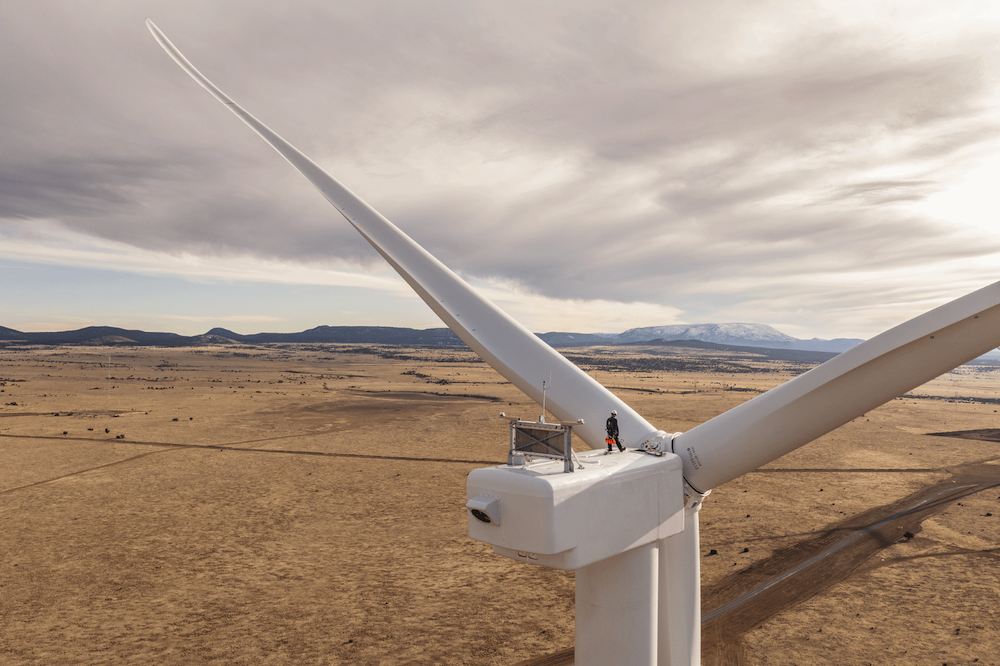
GE Vernova is prepared to lead the energy transition at scale. With an installed base of 7,000 gas turbines and approximately 55,000 wind turbines, its technology helps generate approximately 30% of the world’s electricity. With leading workhorse products like the 3MW-154m and 6MW-158m onshore wind turbines, as well as the Haliade-250m offshore wind turbine, the company is poised to help meet the expected growth of wind from 7% of the world’s energy today to more than 25% of the world’s energy over time. GE Vernova is also advancing carbon-reducing and carbon-free generation technologies, such as carbon capture and removal, hydrogen combustion, and small modular nuclear reactors.
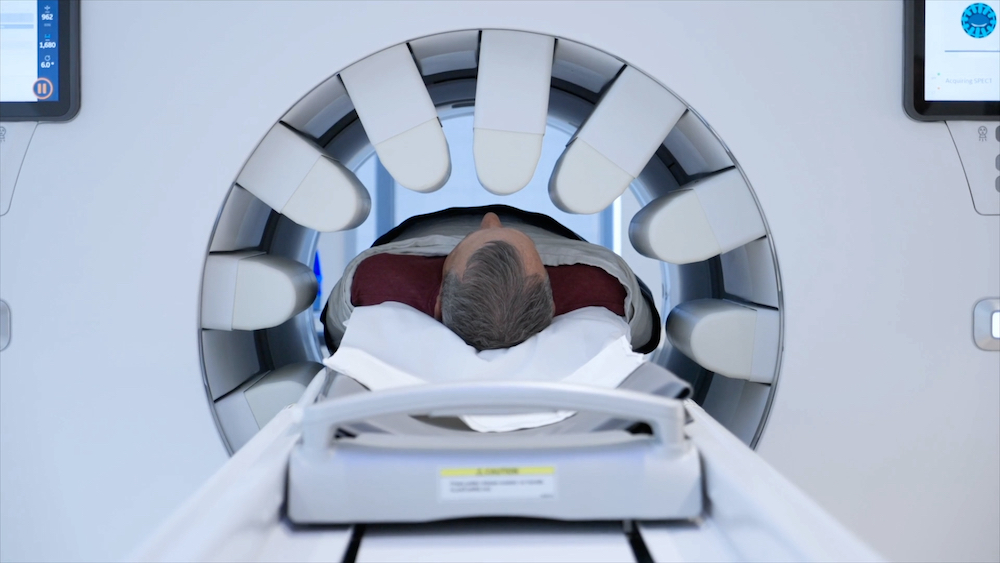
For nearly a decade, GE HealthCare has been leading the medical field’s shift to digital technology. By aggregating and analyzing information quickly and accurately, cloud platforms and artificial intelligence (AI) have the potential to solve some of the biggest problems in healthcare today. GE HealthCare is driving a comprehensive portfolio of AI-enabled innovations and digital solutions to improve clinical decision-making, deliver more personalized care, and improve hospital workflows.
These are the caliber of advances you can continue to expect from the three companies. For more than a century, GE has defined the standard. Following the example set by Edison himself, GE Vernova and GE Aerospace today join GE HealthCare in doing the same.
“Edison, at his heart, was a relentless optimist, an inventor, somebody focused on the possible and on customer need,” General Electric CEO Larry Culp said recently. The founder, he added, would be “looking down smiling” as the company splits into three separate businesses.
Thank you to Chris Hunter of the Museum of Innovation and Science for his assistance with this article.
